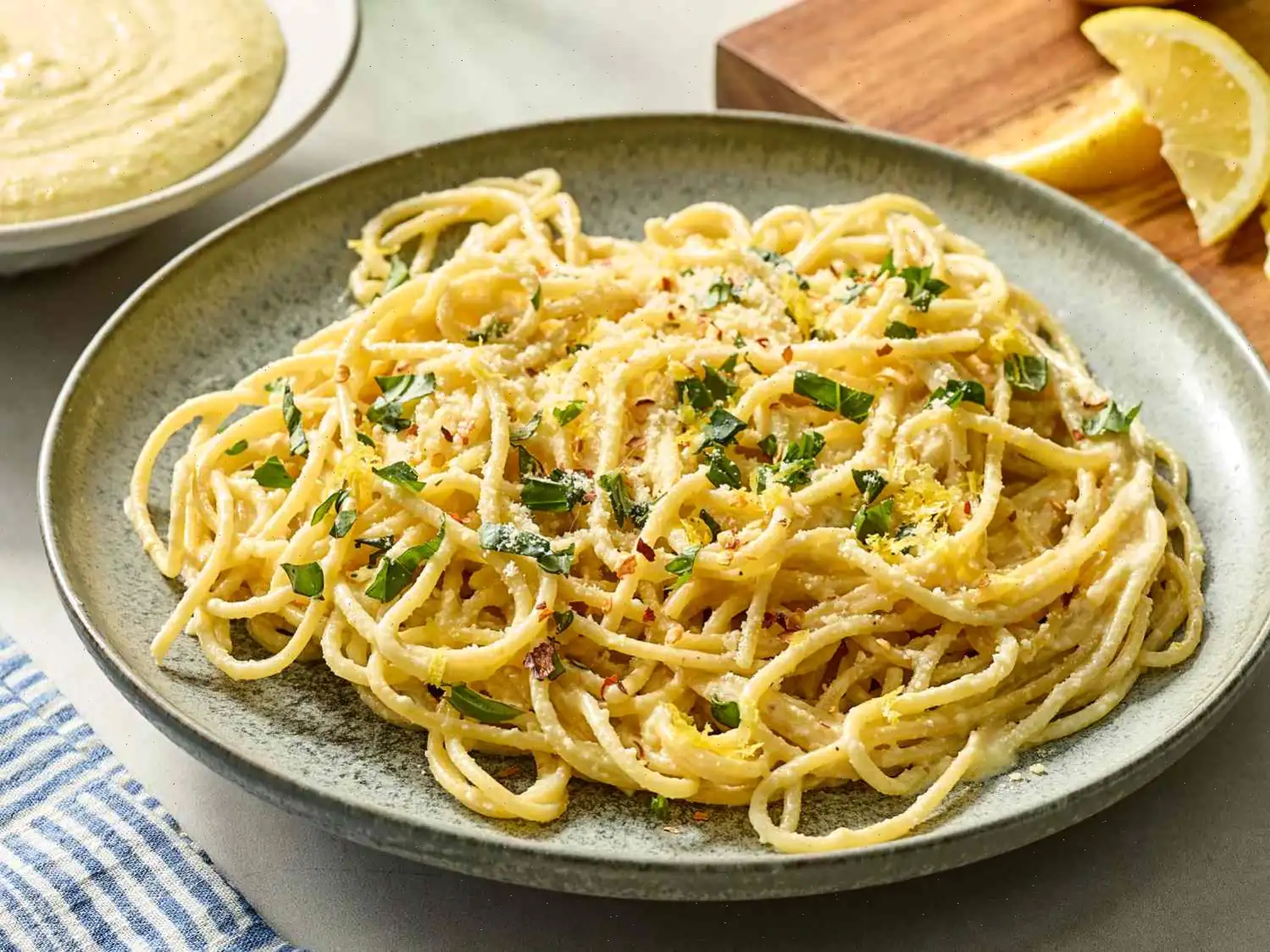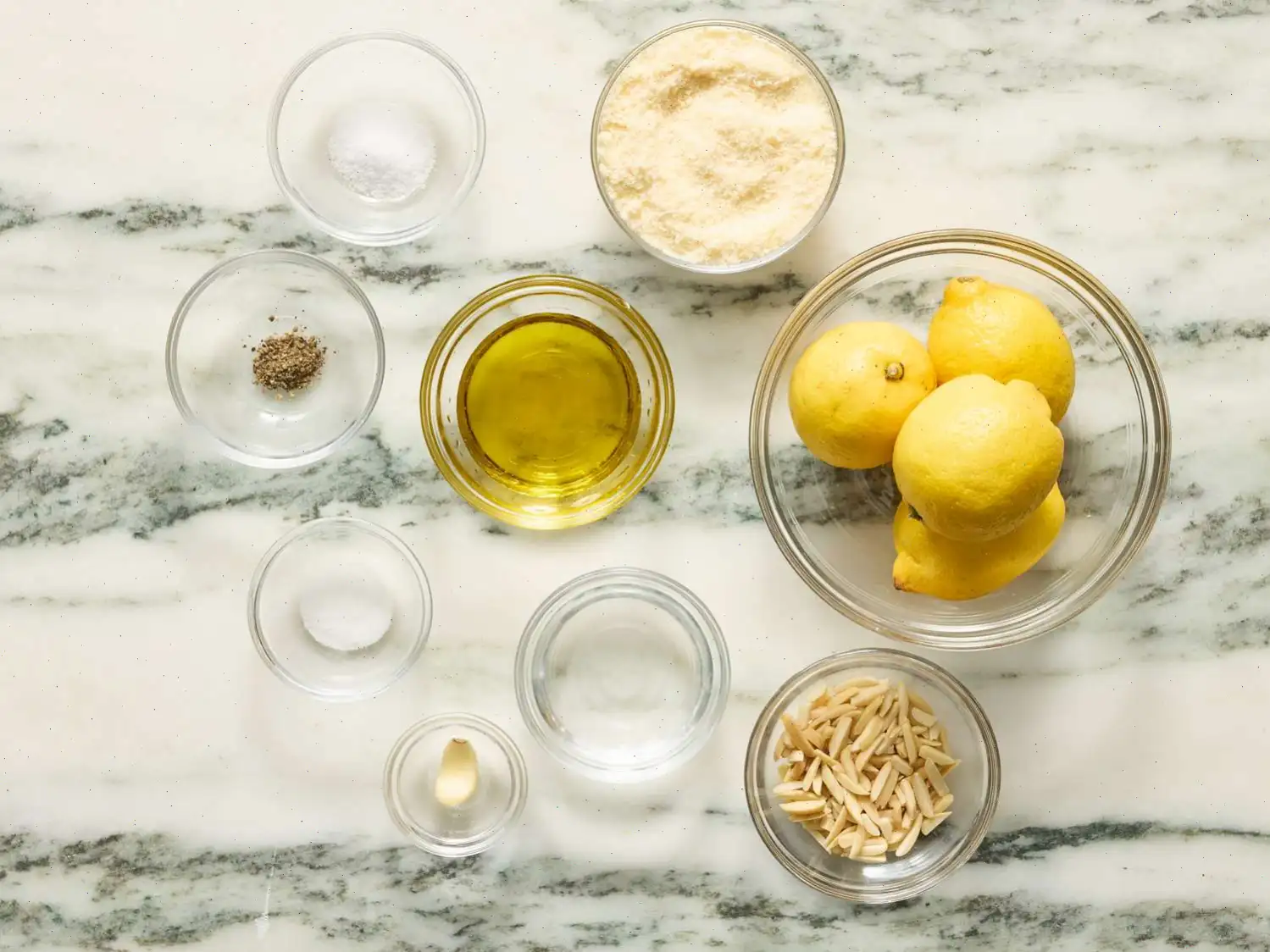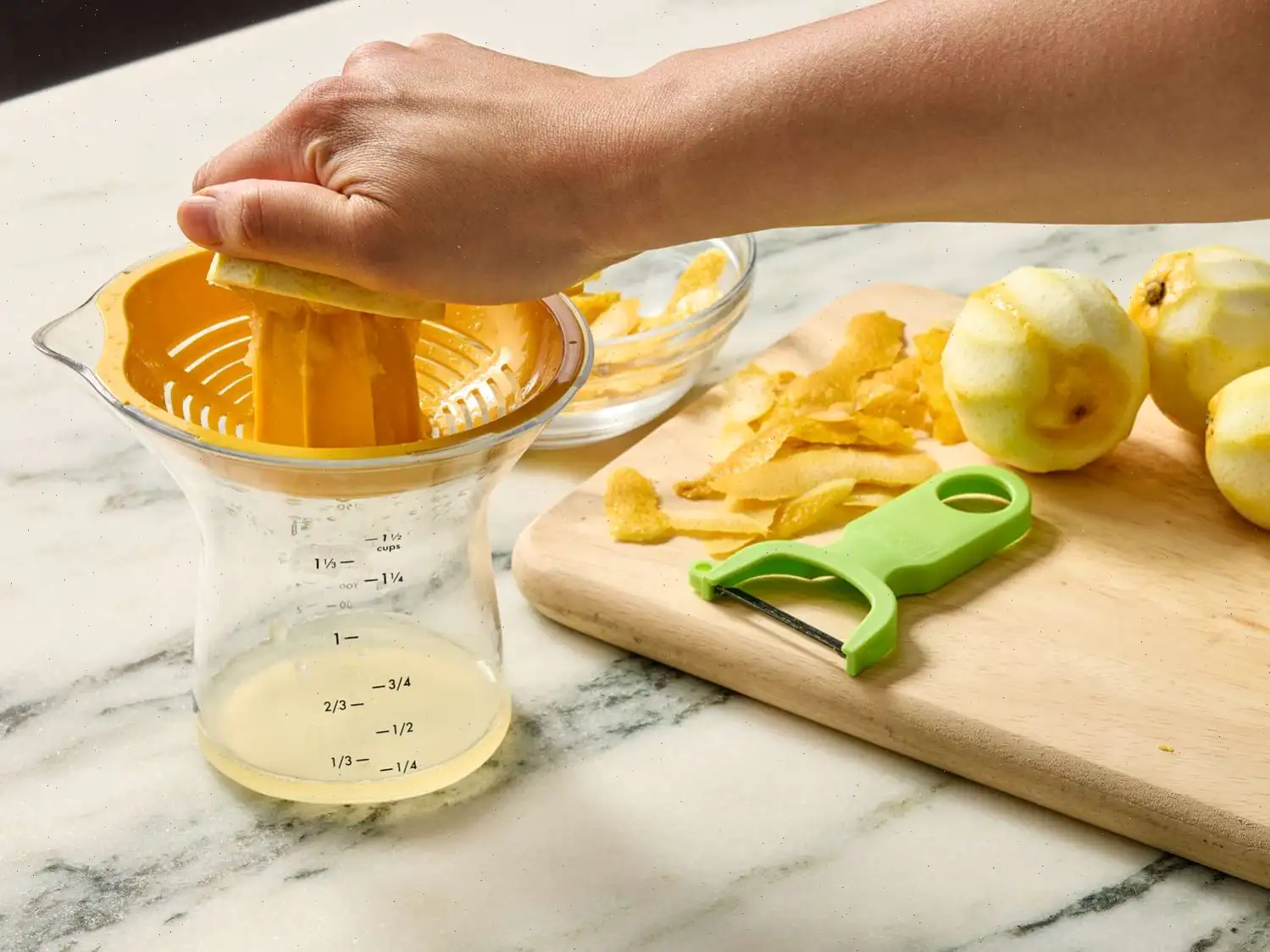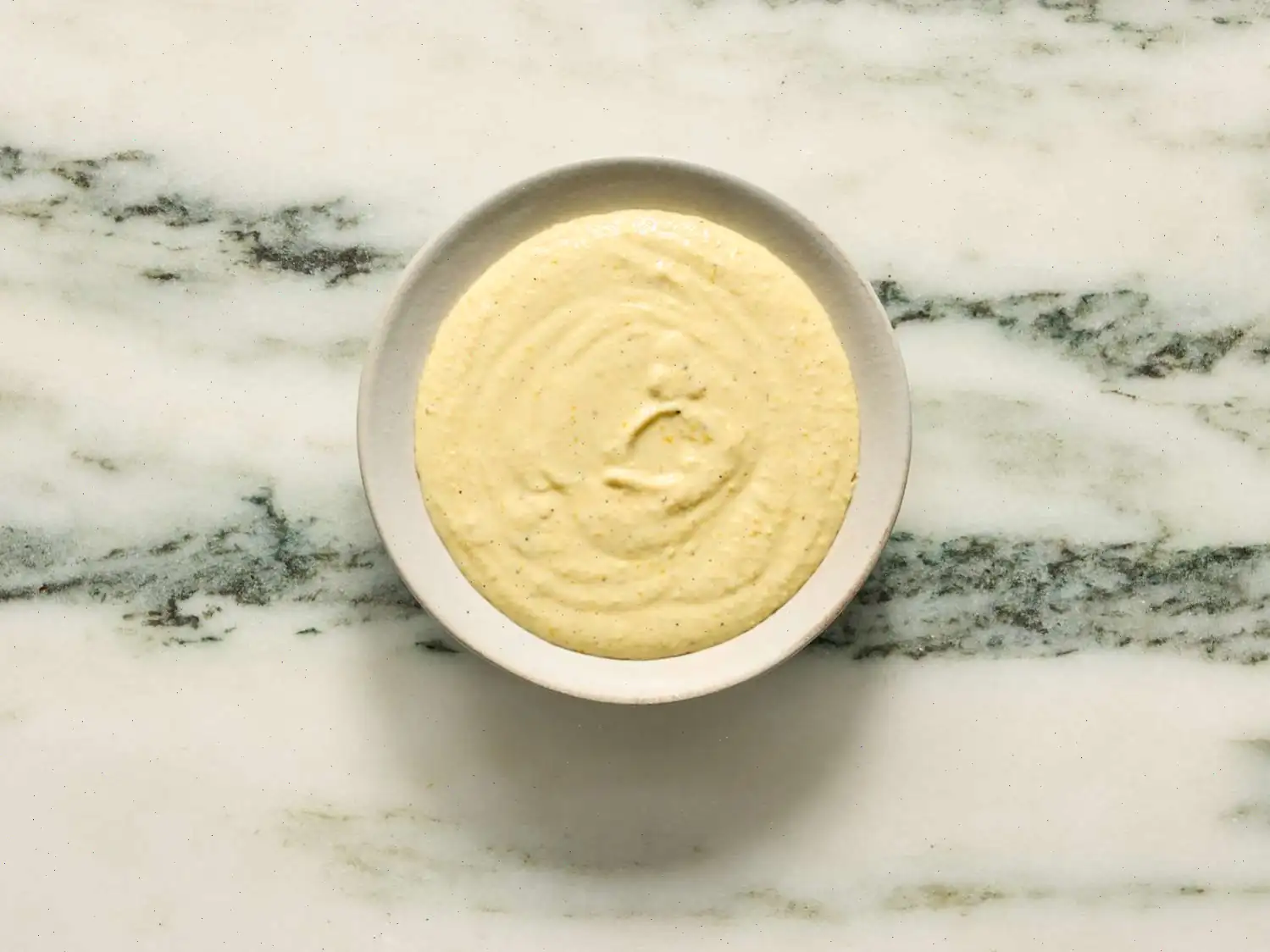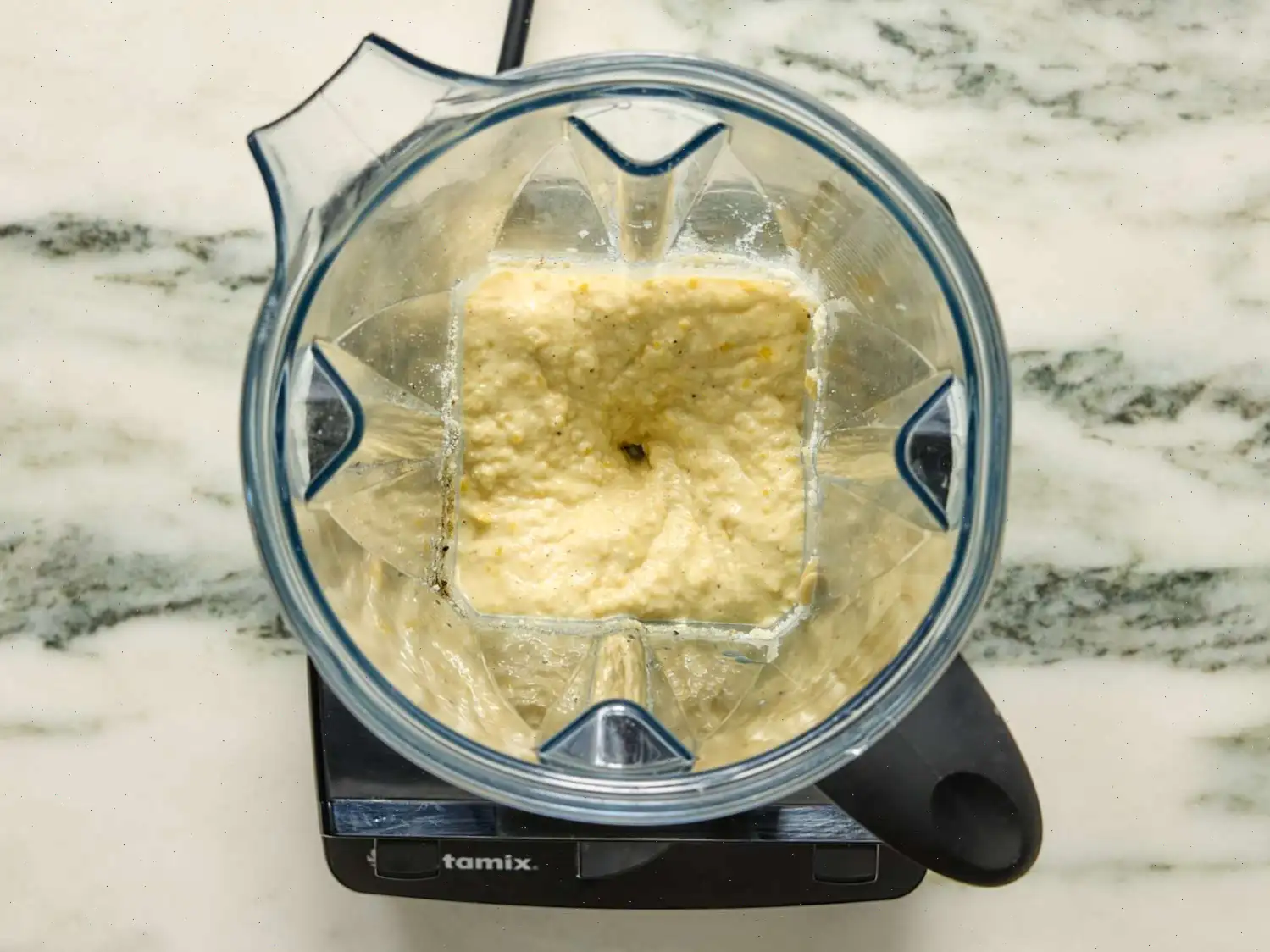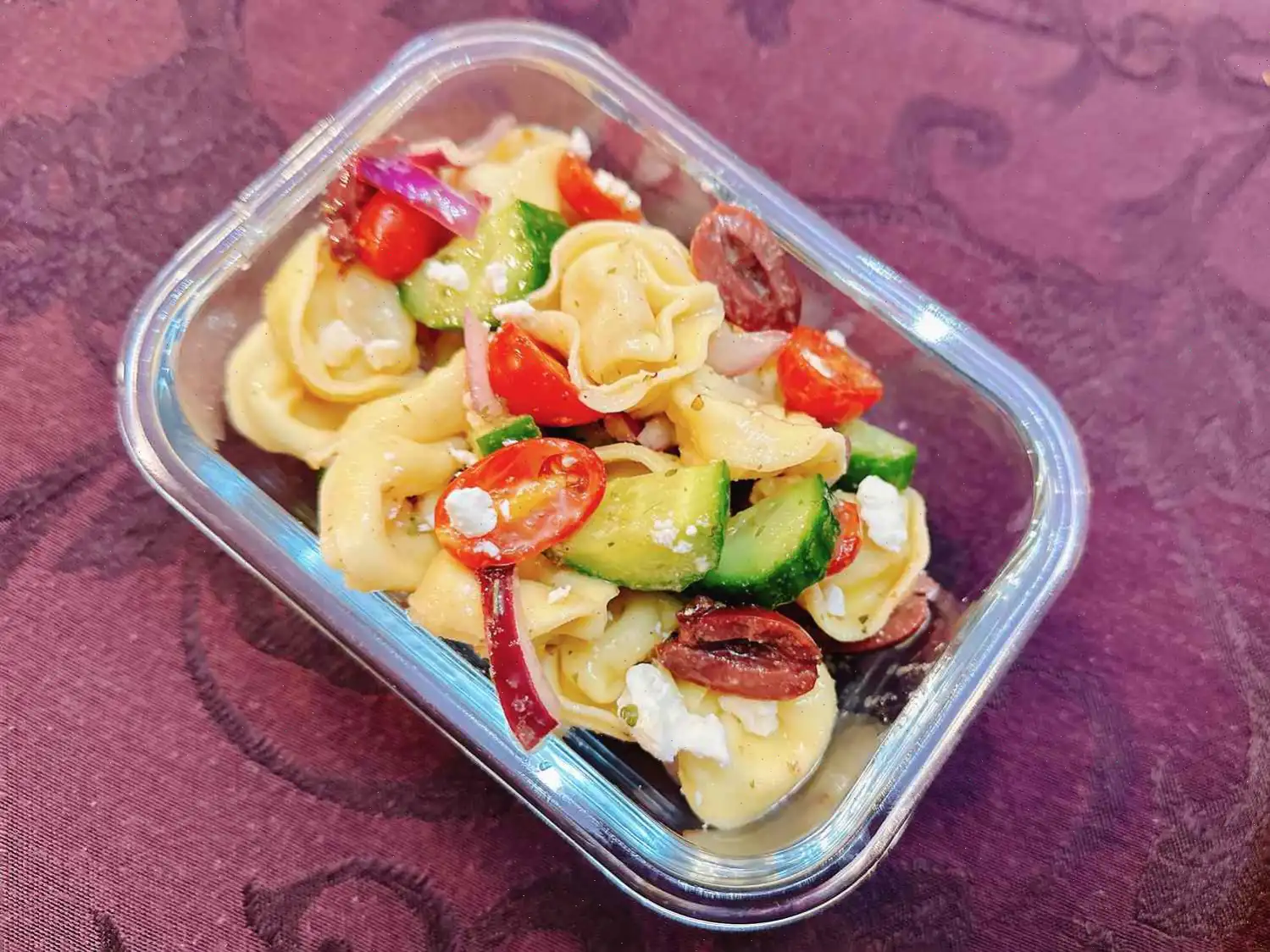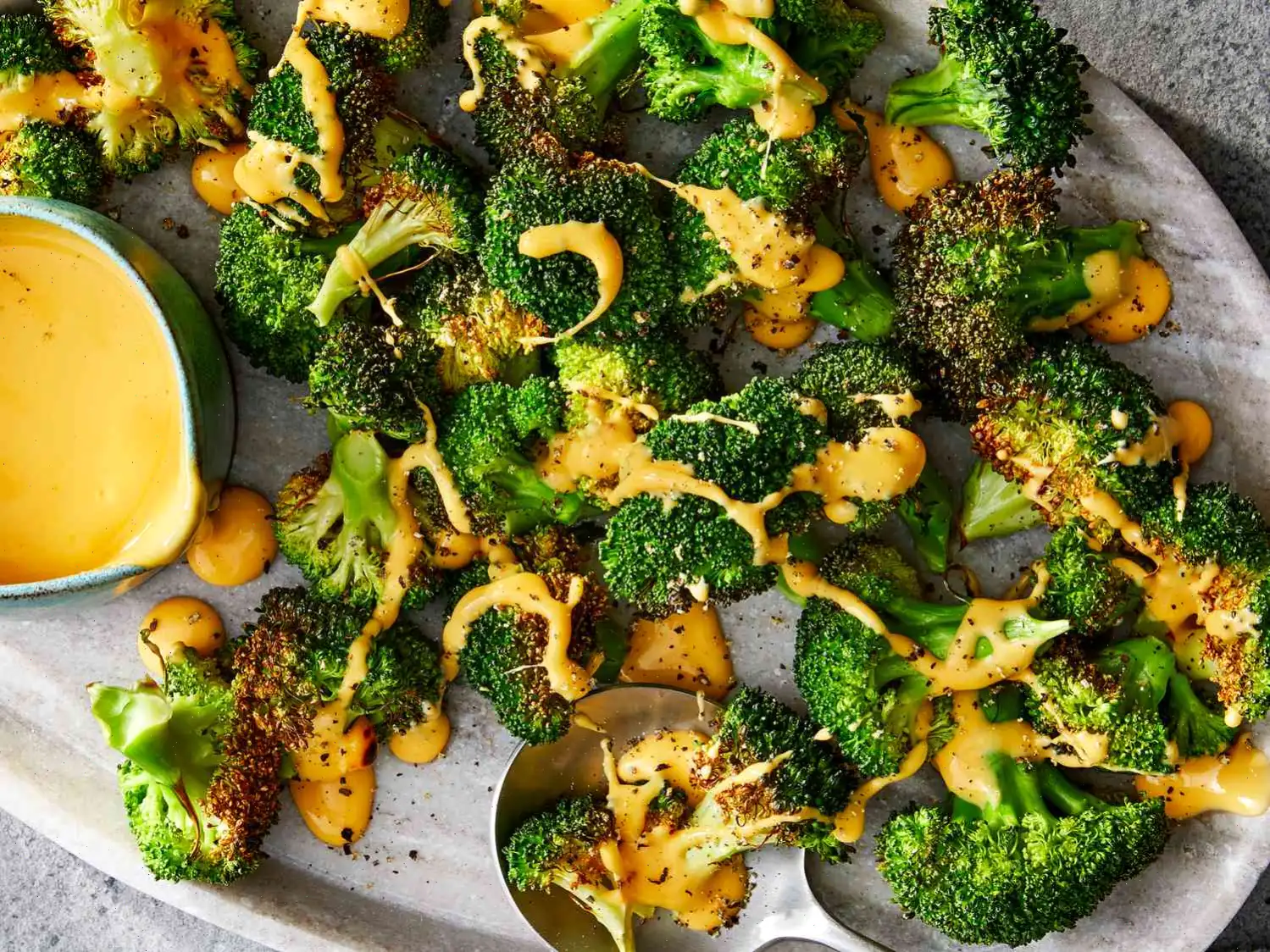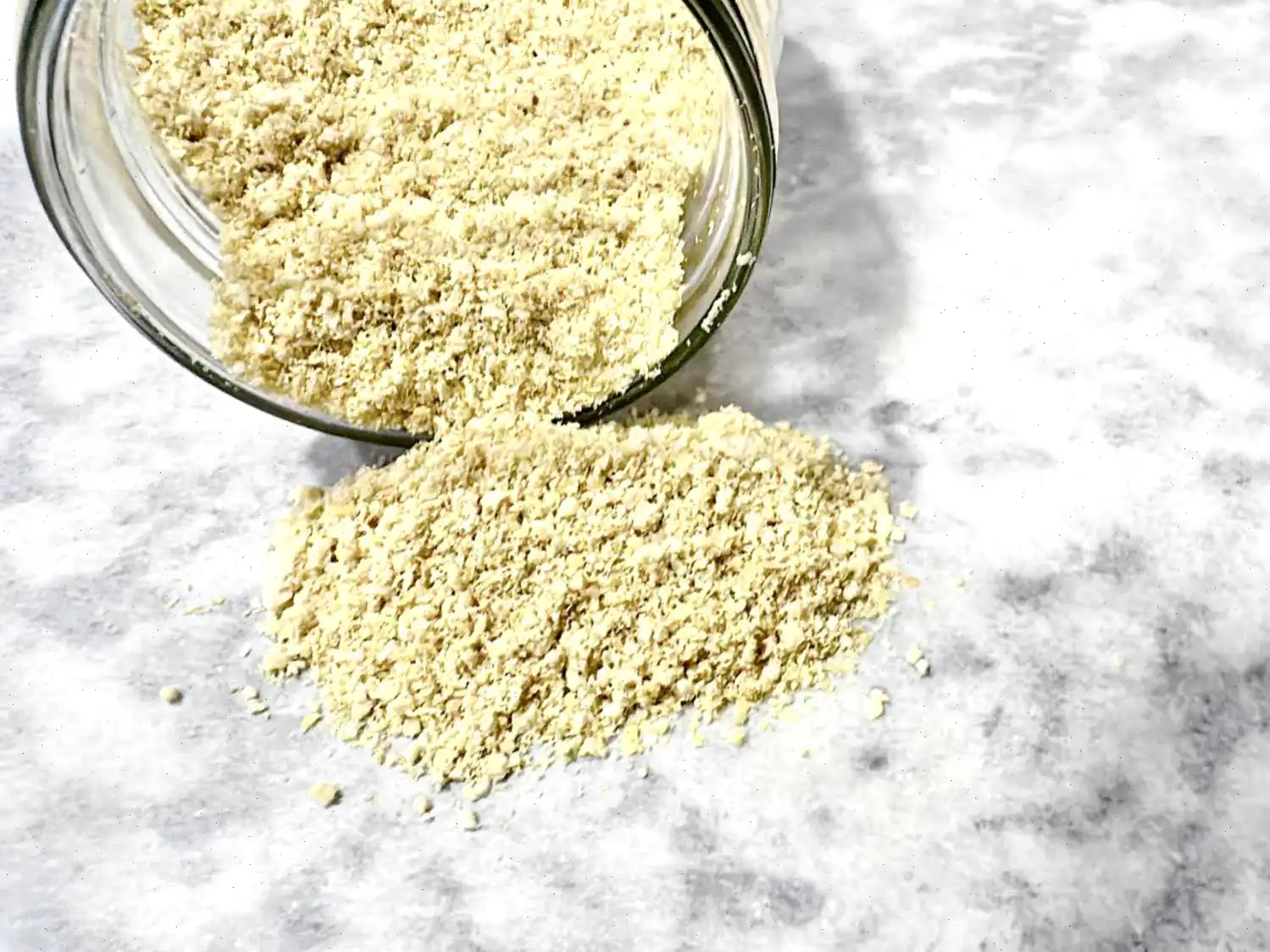
Lemon Pesto Sauce Recipe
Just five main ingredients come together to create a wonderfully tart and sunny pesto that's a refreshing twist on the classic green version! While the beloved basil pesto is a staple, there are countless Italian pesto variations waiting to be discovered. Enter lemon pesto - a zesty blend of lemon, Parmesan, and almonds that forms a bright, flavorful base for pasta, dips, or spreads.
According to recipe developer Tricia Manzanero Stuedeman, "The possibilities are endless. You can slather it on a sandwich or crostini, use it as a base for a burrata salad, or layer it into a white lasagna." While this recipe is specifically designed to pair with pasta, youll quickly find yourself reaching for this lemon pesto in a variety of dishes!
Ingredients
- 4 large lemons, scrubbed
- 1 cup grated Parmesan cheese
- 1/3 cup blanched slivered almonds
- 4 tablespoons warm tap water
- 1 garlic clove
- 3/4 teaspoon kosher salt
- 1/2 teaspoon white sugar
- 1/4 teaspoon ground black pepper
- 6 tablespoons extra-virgin olive oil, divided
Directions
- Start by gathering all the ingredients.
- Using a Y-peeler, peel the yellow zest off the lemons in large strips, making sure to avoid the bitter white pith. Youll need about 1/2 cup of zest. Juice the lemons to yield about 1/4 cup of juice. Discard the juiced and skinned lemons, but save any unjuiced lemons for later use.
- In a blender, combine the lemon zest, lemon juice, Parmesan, almonds, warm water, garlic, salt, sugar, pepper, and 3 tablespoons of olive oil. Blend for about 15 seconds until the lemon zest is finely chopped and the mixture is roughly combined. Stop to scrape down the sides as needed.
- With the blender running, slowly add the remaining 3 tablespoons of olive oil through the food chute. Continue blending for another minute, or until the mixture is mostly smooth and emulsified. Again, stop to scrape the sides if necessary.
- Your lemon pesto is ready! Use it immediately or store it in an airtight for up to one week in the refrigerator.
Cooks Note: To Pair with Pasta
Bring a large pot of salted water to a boil. Add 16 ounces of spaghetti and cook until al dente, about 12 minutes, or according to package instructions. Save 1 cup of the pasta cooking water, then drain the pasta thoroughly and return it to the pot.
Stir in the lemon pesto until the pasta is evenly coated. Gradually add the reserved pasta water, 2 to 4 tablespoons at a time, until you reach the desired sauce consistency. Taste and adjust seasoning with salt and pepper if needed.
For an extra touch, garnish the pasta with chopped fresh basil, additional Parmesan cheese, red pepper flakes, and a sprinkle of lemon zest.
Nutrition Facts (per serving)
Calories: 481
- Total Fat: 32g (42% Daily Value)
- Saturated Fat: 7g (36% Daily Value)
- Cholesterol: 22mg (7% Daily Value)
- Sodium: 773mg (34% Daily Value)
- Total Carbohydrate: 46g (17% Daily Value)
- Dietary Fiber: 9g (32% Daily Value)
- Total Sugars: 22g
- Protein: 12g (24% Daily Value)
- Vitamin C: 162mg (179% Daily Value)
- Calcium: 308mg (24% Daily Value)
- Iron: 2mg (12% Daily Value)
- Potassium: 704mg (15% Daily Value)
* Percent Daily Values are based on a 2,000-calorie diet. Your daily values may be higher or lower depending on your calorie needs. Nutrient information is not available for all ingredients. Consult your doctor or registered dietitian if you follow a medically restricted diet.
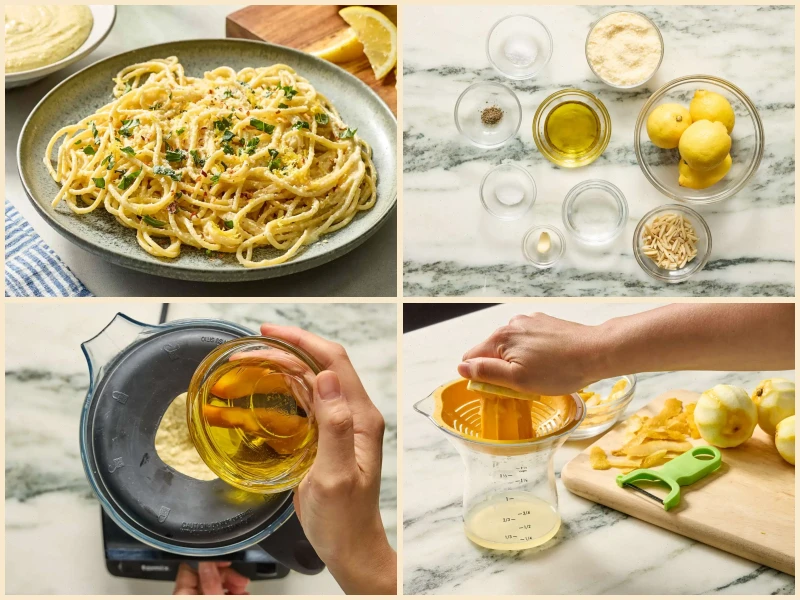
The Origins of Lemon Pesto
Lemon pesto, while a modern twist on the traditional Genovese pesto, traces its roots to the Amalfi Coast of Italy, a region renowned for its vibrant lemons and aromatic cuisine. Unlike the classic basil pesto of Liguria, lemon pesto was developed to highlight the bright, citrusy flavors of local lemons, pairing them with nuts and cheese to create a versatile sauce that complements both seafood and pasta. Its emergence reflects the Italian culinary tradition of adapting local ingredients into familiar recipes, producing something simultaneously fresh and comforting.
Regional Characteristics
In southern Italy, particularly around Amalfi and Sorrento, lemons are a central ingredient in both sweet and savory dishes. Lemon pesto here often incorporates local almonds or pine nuts and freshly grated Parmesan or Pecorino cheese. The sauce tends to be lighter than northern Italian pestos, with a noticeable tang and less reliance on heavy oils. Some variations include a touch of local herbs such as sage or thyme, enhancing its Mediterranean aroma and balancing the citrus acidity.
Distinguishing Features
What sets lemon pesto apart from its more familiar green cousin is its flavor profile and texture. While basil pesto is herb-forward and bright green, lemon pesto is a zesty yellow with a citrus punch. The inclusion of lemon zest and juice provides a slightly bitter and aromatic undertone, contrasting with the creamy richness of Parmesan and the subtle crunch of almonds. Unlike other nut-based sauces such as romesco or walnut pesto, lemon pesto emphasizes freshness and brightness over heaviness, making it ideal for lighter dishes.
Typical Uses and Serving Context
Lemon pesto is highly versatile and can be served in a variety of ways. It is commonly tossed with pasta, especially spaghetti or linguine, creating a simple yet flavorful main dish. It also works beautifully as a topping for grilled fish or chicken, or as a spread on crostini and sandwiches. In Italy, it is sometimes used as a base for salads or layered in baked dishes like lasagna, offering a tangy contrast to creamy cheeses and roasted vegetables. Modern home kitchens increasingly use it as a dip for vegetables or a finishing sauce for roasted meats.
Interesting Facts
- Lemon pesto can be made in under 15 minutes without cooking, preserving the vibrant citrus notes.
- The use of almonds instead of pine nuts is a regional adaptation from southern Italy, where almonds are abundant.
- Its bright yellow color makes it a visually striking alternative to traditional green pesto.
- Some chefs recommend pairing lemon pesto with seafood and delicate proteins, as its acidity enhances natural flavors.
- Despite its recent popularity, lemon-based pestos have been a local staple in coastal Italian cuisine for decades.
You can listen to this recipe in AI audio format. Simply click the play button below to listen to the content in a format that suits you best. It’s a great way to absorb information on the go!
FAQ about Lemon Pesto Sauce Recipe
Comments
Mark Campbell
02/14/2023 02:14:57 AM
I didn't blend it to make it more like mayo; instead, I added all the ingredients to a bowl and hand-chopped the lemon zest. I omitted the nuts since I can't eat them. I love sage butter and lemon sauce with plain pasta, and this recipe really elevated the dish with just an additional 5 minutes of prep time! It pairs perfectly with salads, chicken, and slow-cooked lamb with pita. Thank you!
Dorothy Davis
05/29/2025 04:53:40 AM
An excellent sauce for fish dishes. We enjoyed it with salmon, but it would also be perfect for a shrimp salad with rice! I added some chopped fresh dill for a touch of sweet herb flavor that complemented the salmon perfectly.
Patrick Collins
02/27/2023 05:37:29 AM
I didn't blend it to make it more like mayo; instead, I added all the ingredients to a bowl and hand-chopped the lemon zest. Since I can't eat nuts, I omitted them. I adore sage butter and lemon sauce with plain pasta, and this recipe really elevated the dish with just 5 minutes of extra prep time! I enjoy it with salads, chicken, slow-cooked lamb, and pitta bread. Thank you!
Barbara Campbell
04/10/2025 04:43:05 AM
An excellent sauce for fish! We enjoyed it with salmon, but it would also be perfect for a shrimp salad with rice. I included some chopped fresh dill to add a subtle sweet herb flavor that perfectly enhanced the salmon.
Jessica Edwards
01/16/2025 06:09:13 PM
Fantastic


